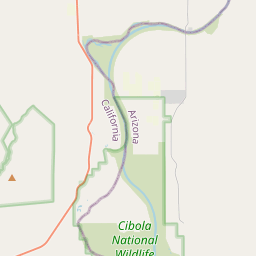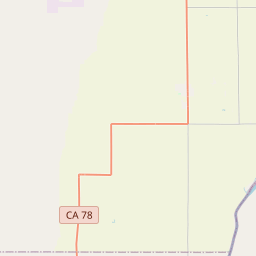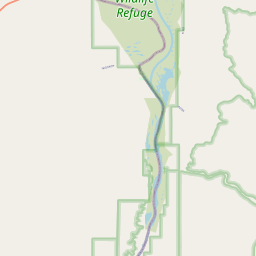Visit Us
National wildlife refuges offer us all a chance to unplug from the stresses of daily life and reconnect with our natural surroundings. Visitors have an opportunity to connect with nature in multiple ways. The lower Colorado River and its backwaters provide numerous outdoor recreational opportunities as well as a vital resource: water!
Location and Contact Information
- Cibola National Wildlife RefugeView Details66600 Cibola Lake Road Route 2, Box 1 Cibola, AZ 85328-9002
Our Species
Migratory birds, wintering waterfowl, and endangered and threatened species can be found at Cibola National Wildlife Refuge. The refuge contains several miles of historic river channels and backwaters that provide key habitats in a changed environment. Because of the river's life-sustaining water, wildlife thrives in this environment where temperatures reach 120 degrees in the summer and the average rainfall is two inches per year.
















